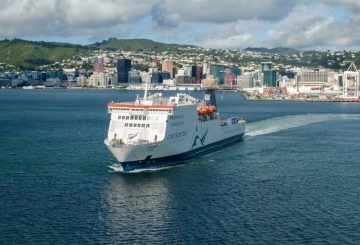通货膨胀率创30年来的最高水平,因为在截至12月的三个月中,消费者物价上涨了1.4%,使年增长率达到5.9%。
住房、交通、建筑和娱乐用品的激增略高于预期。
通货膨胀压力很大,Stats NZ使用的11个价格组中有8个在本季度上涨,住房相关成本(例如新房、租金、费率和公用事业价格)的涨幅最大,但被廉价食品部分抵消。
Stats NZ消费者物价经理Aaron Beck表示:“建筑公司一直面临着供应链问题,劳动力成本上涨以及需求增加,这些都推高了建造新房的成本。”
本季度房屋拥有价格上涨了4.6%,今年上涨了15.7%。
但其他行业的价格也在飙升;由于燃料、二手车价格和公共交通的上涨,交通运输业上涨了5.4%,计算机和手机以及服装和鞋类也有所增加。
年增长率是1990年中以来的最高水平。
数据显示,强劲的国内通货膨胀率,被称为不可交易,本季度上涨1.5%,比去年同期增长5.3%,而被称为可交易的进口通货膨胀率(例如燃料)本季度增长1.3%,每年增长6.9%。
一位经济学家说,数据显示,基于国内的通货膨胀有坚实的核心,这不仅仅是暂时的问题。
澳大利亚证券银行高级经济学家马克·史密斯说:“通货膨胀率上升的趋势正在扩大,这将难以减缓,我们预计到2023年,年度CPI通胀率将保持在3%以上。”
预计这一数字的强劲将推动储备银行全年的一系列官方现金利率(OCR)上调。
史密斯说:“持续居高不下的通货膨胀以及劳动力市场异常紧张的背景和前景保证了OCR上涨的步伐更快,OCR终点更高。”
他说,他预计到年底,目前为0.75%的现金利率将达到2%。
总理雅辛达·阿登说,通货膨胀率与全球形势的预测非常相似,例如在美国,通货膨胀率甚至高于新西兰。
她说,影响这些油价的油价和国际紧张局势是一个促成因素。
“我们并不是唯一一个经历高通货膨胀率的人。”
来源:RNZ 新闻




























































